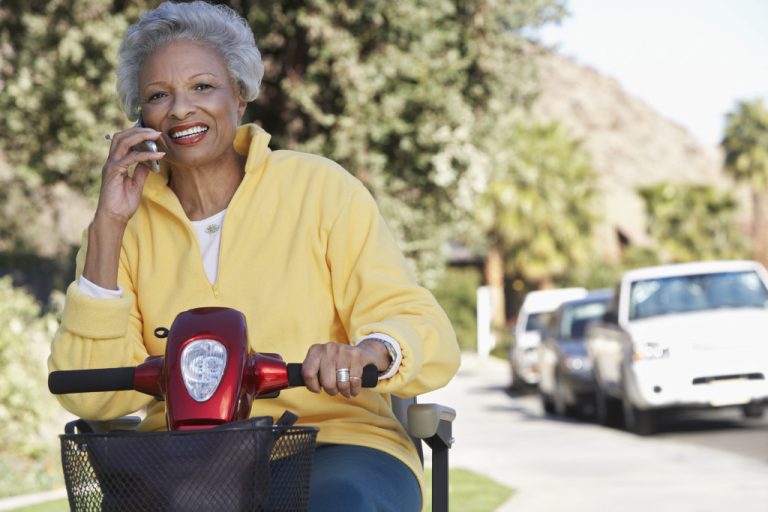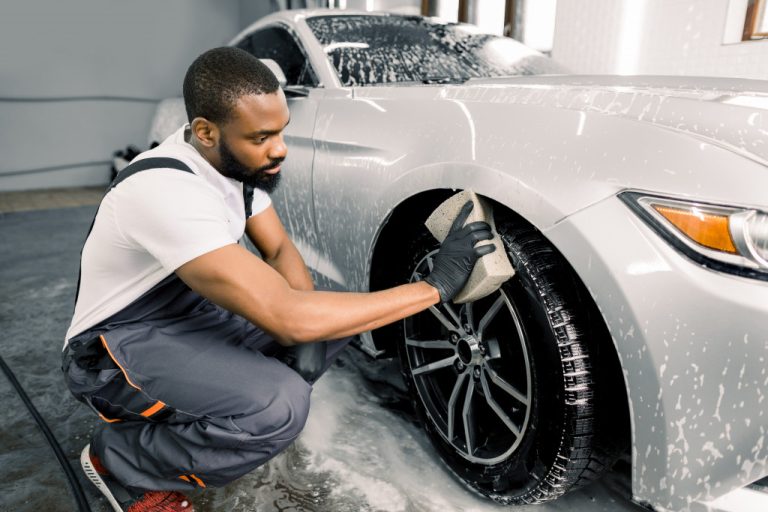Mobility issues can cause people, especially the elderly and people with disabilities, to feel insecure about their everyday lives. It will hold them back from doing things they love. When people become less mobile, it makes them more vulnerable because of the threat of falls, breakdowns of mobility equipment, accidents on public transport or while away from home, and isolation.
Mobility issues can be defined within two main types: physical mobility and cognitive mobility. Physical mobility refers to people’s ability to move around in spaces, for instance, their garden or the local shops. In contrast, cognitive mobility refers to the way people think about themselves and their life changes because of loss of autonomy.
Disability is a term that refers to the physical and mental impairments that can hinder an individual’s ability to perform daily activities. In this context, it does not refer to people who are disabled as a result of old age as they generally do not face as many difficulties in physical mobility as a young disabled person may encounter, for instance.
With the aging population in many countries, disabilities are a growing concern. In some cases, it can become problematic for people to cope with new technology and innovations because of their disability since not all changes have been made accessible for them.
Psychological Challenges
In recent years, there has been an increasing focus on the psychological effects that disabilities have on people. Sometimes, disabled people only realize the impact of their disability when they are fully grown because they do not understand what it means to be disabled until they experience how other people behave towards them. It is particularly common for children born with disabilities to think it is normal and, as a result, makes them feel less self-conscious than adults do.
However, this is not always the case. While some children adjust well to their disability because they are confident and outgoing, others struggle more emotionally because of the discrimination they experience in everyday life due to their impairment which can cause them to become withdrawn.
Technology for Mobility Issues
Technology has the solution to some mobility issues faced by the elderly and people with disabilities. For instance, in recent years, there has been an increase in the use of smart technologies and gadgets to make daily tasks easier and provide independence for people who might otherwise struggle with these tasks.
For instance, if a person has mobility issues in their hands or arms, they may find it difficult to do simple everyday activities such as cooking, preparing food, tapping on a smartphone or tablet, sending text messages, using the TV remote control, and so on. However, nowadays, mini golf carts are available to provide great assistance for people who have difficulties with physical activity.
-
Wheelchairs and Mini Golf Carts

A high-quality mini golf cart is ideal for older people or those unable to walk far distances and want to stay active. If a person struggles with physical mobility, they may find it challenging to go shopping or visit relatives and friends due to their restricted range of movement. However, with the help of a golf cart like the ones below, people can remain independent and socialize more often:
While wheelchairs are usually used by those who cannot walk or have difficulty doing so, they are not just for medical purposes. For instance, many disabled people use wheelchairs because it is more convenient than walking for long periods. Moreover, older adults may want to give their legs a break when out shopping or visiting friends and family by using a wheelchair instead.
-
Home Elevator
Lifts and elevators are hardly an aspect of modern life that we think about, but as people age, they can become more reliant on these technologies as their mobility decreases. The good news is that home elevator technology is now available for those who find it difficult to use the stairs or go up to another floor in a building. This means you don’t need to rely on other people to help you access different floors. For instance, these elevators can also be used by those who find it difficult to use the stairs because of an injury or disability.
Moreover, elevators provide independence for older adults and people with disabilities who do not want to ask someone else for help when in need to avoid feeling helpless. However, the cost of these products is out of range for some people, so there are also home elevators available to buy secondhand if you shop around enough.
-
Stairlifts
Another innovative technology is the stairlift, which can provide assistance for people who find it difficult to climb up and down the stairs.
Other Technologies Designed for People With Disabilities
Technology has many uses that can improve the lives of disabled people who find it difficult to complete daily tasks because of their impairment. For example, a simple wheelchair can mean a lot for a disabled person because it means they become more independent and have the freedom to roam around in their environment without severely restricted movement.
In addition, with technological advancements coming out all the time, from voice-controlled appliances to games designed specifically for those with disabilities, there are plenty of options available to buy that might interest people with mobility issues.
Mobility-assistance technology like wheelchairs, mini golf carts, and home elevators is not just about getting older but also about staying active and retaining some level of freedom when it comes to moving around. Sure, they are expensive at times, but if you shop around, you can find great deals and often secondhand products that are still in good working order.
With the increase of older people in our society, companies and manufacturers need to produce items that make daily tasks easier and provide independence for people who might otherwise struggle with these tasks.



